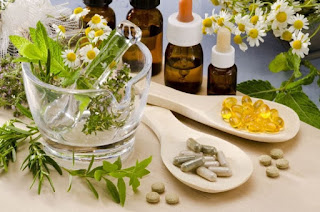
Genus Prunus is peach, plum, apricot, almond like cherry delicious among temperate fruit crops, important because it contains edible, drupe and stone fruits with ornamental value as well. Genus mostly spreads in the temperate regions of the Northern Hemisphere, such as northern Asia, North America and Europe. Species which have global economic importance, harvested or grown from the wild for timber and medicinal purposes. The use of these species, which have been used in folk medicine for many years, differs from country to country and plant cover. Main species used for traditional medical purposes are Prunus americana, Prunus armeniaca, Prunus avium, Prunus cerasus, Prunus dulcis, Prunus ceracifera, Prunus cerasoides, Prunus domestica, Prunus mahaleb, Prunus mume, Prunus persica, Prunus salicina, etc. When the studies are examined, it is seen that there are many in vivo, in vitro and clinical studies that carried out the different biological effects of the extracts obtained from different parts of these species. The literature presented here may suggest new inputs for further biological activity studies and reveal the relationship between traditional use and existing scientific studies.
by Zuhal Bayrakceken Guven | Ahmet Basaran ""What Effects do the Genus Prunus Plants Have?""
Published in International Journal of Trend in Scientific Research and Development (ijtsrd), ISSN: 2456-6470, Volume-4 | Issue-4 , June 2020,
URL: https://www.ijtsrd.com/papers/ijtsrd30993.pdf
Paper Url :https://www.ijtsrd.com/pharmacy/pharmacognosy-/30993/what-effects-do-the-genus-prunus-plants-have/zuhal-bayrakceken-guven
callforpaperinternationaljournal, ugclistofjournals, bestinternationaljournal
















